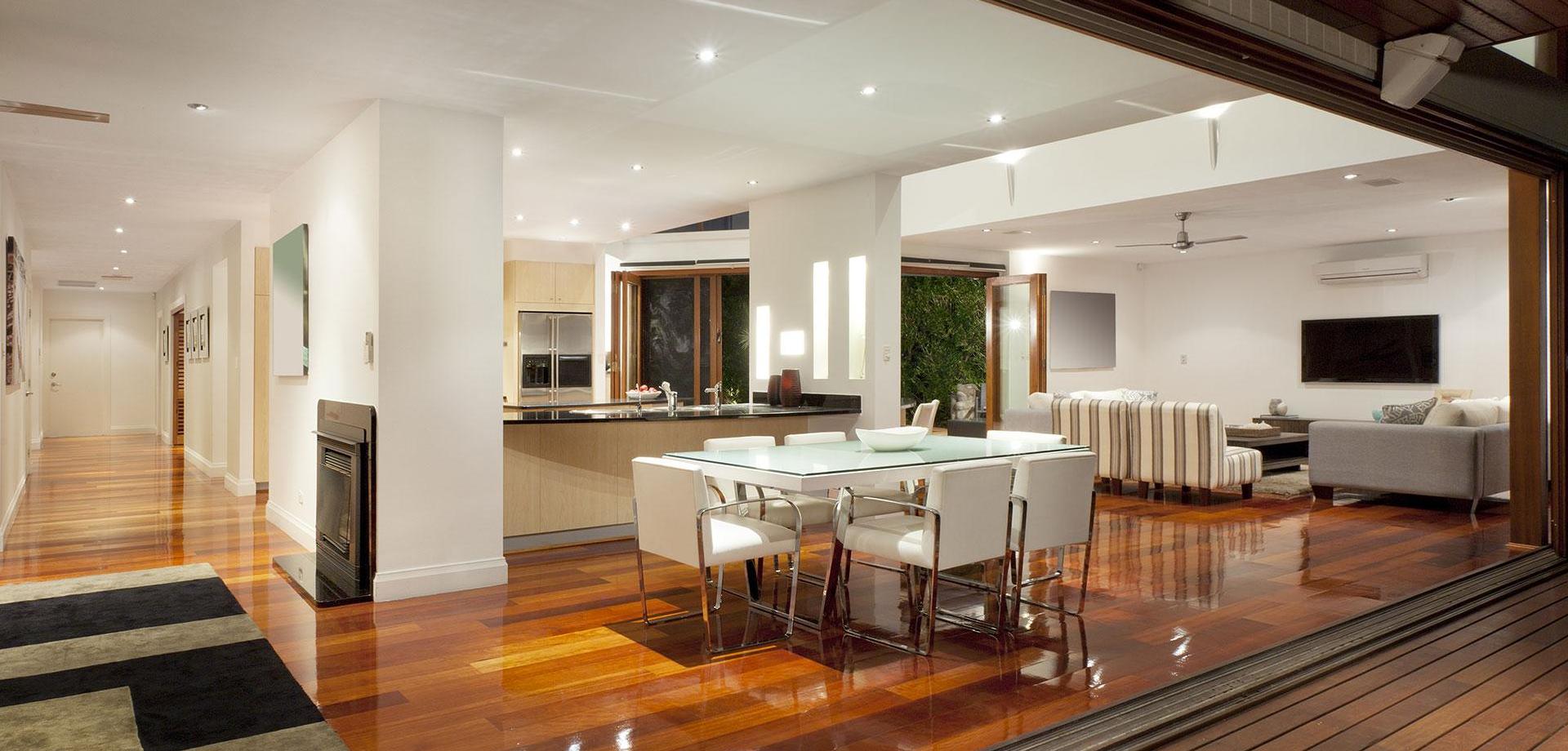


Home Buying Process in Halifax (HRM) Nova Scotia
Quick Summary of the Home Buying Process
1) Choose your REALTOR®
2) Meet with REALTOR® and make a list of properties to view
3) Meet with a lender to get a Preapproved mortgage
4) View properties until you find the one you want to purchase.
5) Prepare an Agreement of Purchase and Sale
6) Seller and buyer negotiate until an accepted agreement is signed
7) Work begins to satisfy the conditions set out in the agreement such as getting a mortgage, home inspection and lawyer review. This usually takes about 5 banking days. If property has a well and septic it usually takes 14 days. Conditions in condo agreements usually take about 14 days.
8) Once all conditions are satisfied you will wait until the week of closing when you will meet with your lawyer to sign all documents and provide any money that the lawyer requires.
9) Day before or day of closing you do a preclosing walk through of the property
10 ) Close the property and move in.
You and your REALTOR®
Buying real estate is totally different from buying other large ticket products. For example when you are looking for a car you must go to the dealership that has the specific model of car you want to look at and deal with the salesperson for that dealership. Real estate is different because of a system called MLS® (Multiple Listing Service) that allows one REALTOR® to sell you properties listed with all real estate brokerages. Here's how it works.
Sellers sign a contract to sell their property with a licensed REALTOR® who is called the Listing REALTOR® and represents the seller. This process is called " listing their property". ® These properties are usually placed on a system called the MLS® system (Multiple Listing System). Any REALTOR® in any real estate brokerage has access to information on any property listed on this MLS® system. So you only have to deal with one REALTOR® to look at properties that are listed with many different real estate brokerages.
How to choose your REALTOR®
Ask your friends and family for a referral to a good REALTOR® or interview some different REALTOR®s and then pick the one you are most comfortable with. You should choose a REALTOR® who is familiar with the area you are interested in and the type of housing you require. There is no cost to you to use a REALTOR®. The REALTOR® is paid a share of the commission the owner of the property pays.
Once you choose your REALTOR® work with this REALTOR® and only this REALTOR®. If a REALTOR® knows he/she is working with a loyal client the REALTOR® will spend as much time as it takes to find you a home. On the other hand if an REALTOR® knows you are working with several REALTOR®s the REALTOR® will spend less time looking after your interests. The REALTOR® is paid on a 100% commission basis. The REALTOR® only gets paid if they are the one that sells you a property. Pick your REALTOR® and stay loyal. Demand good service and if you don't get it choose another REALTOR®.
Buying Process
Once you have chosen your REALTOR® you should arrange to meet with them in person and make a plan, ESTABLISHING WHAT YOU NEED IN A PROPERTY
At your meeting with your REALTOR® you will also decide on the properties that best suit your needs. You book a time for you and the REALTOR® to look at these properties. The REALTOR® will contact the Listing REALTOR®s who have the properties listed for sale and make appointments for you and your REALTOR® to view the properties. Your REALTOR® will then take you to see the properties. After you have viewed homes you pick the home that you feel is the right one for you. This may take several outings but not necessarily. Many buyers find their home surprisingly quickly. Once you have decided on the property you want to purchase your REALTOR® will prepare a written offer or what is technically called an "Agreement of Purchase and Sale" on that property.
The Offer or Agreement of Purchase and Sale
When you make an "offer" on a property you will sign an Agreement of Purchase and Sale. This is a written contract that you will sign and if acceptable the seller will also sign. If certain items such as price are not acceptable to the seller a Counter Offer is prepared by the seller. This is then presented to you and if the changes are acceptable to you an agreement is made. This agreement sets out the conditions under which you are agreeing to buy this property such as getting financing, satisfactory home inspection, lawyer review of the agreement and other conditions. A time is set in the agreement for the seller to respond to your offer. This is usually within 6-24 hours depending on the availability of the seller.
After you sign the agreement your REALTOR® sends the agreement to the listing REALTOR® who presents the agreement to the seller. The seller has three options
1) Accept the agreement as is 2) Prepare a Counter Offer form 3) Reject the agreement totally .
A counter offer is the most common response to an offer. In the counter offer the seller lists those items they are not prepared to accept and state what they will accept. For example price is often not accepted. The seller will state what price they will accept.
This Counter Offer is given to your REALTOR® who presents it to you. There are two options for you at that point. You can 1) Accept the counter offer 2) Reject the counter and write a new offer on the same property 3) Reject the offer and move onto another property
The process continues until eventually you obtain an accepted offer on a property.
Deposit
You will be required to provide a deposit for your purchase. You will usually be asked to provide this deposit cheque within 24 or 48 hours after the your agreement of purchase and sale has been accepted or at the time of writing the agreement. This deposit is given to the listing real estate brokerage and is held in trust. The deposit cheque is cashed if the offer is accepted. When you provide the deposit you must ensure that there is enough funds in your account to cover it because it is cashed when it is given to the listing brokerage. The deposit funds are held in the listing real estate brokerage trust account until you take possession of the property or what we refer to as the "closing date". This deposit is credited towards the purchase price on closing. You can use this deposit as part of your down payment.
The deposit will be returned if all the conditions you set out in your agreement are not met. For example say the home inspection uncovered some structural issues then the deposit is returned to you. You also agree to forfeit this deposit if all conditions are met and you do not go through with the sale.
The amount of the deposit will vary but will usually be a minimum of $1,000 and a maximum of $5000. New construction deposits can be $10,000 or higher. There are several good reasons for giving a larger deposit. Discuss the deposit with your REALTOR®
Closing Date
The date you take possession of and pay for the property is referred to as the "Closing Date". This date is set out in the agreement. You should choose a date that will be acceptable to both you and the seller. A reasonable amount of time is usually 4 -8 weeks from the date you make your offer. This may vary considerably. The seller may require more time if they are building a new home for example or if the property is vacant you could take possession within a couple of weeks. Discuss this with your REALTOR®.
After the Agreement is accepted
Once an agreement is in place you proceed by getting the conditions of the agreement satisfied.
1) Set up times for all inspections, test etc to be completed. Your REALTOR® can recommend inspectors and testers and will call and set up a time, usually within the next day or two, for the inspections and tests to be completed. You will attend all these inspections. For more details on inspections see our section on Property Inspectors for details.
2) Formally apply for your mortgage. You should immediately call a mortgage lender and formally apply for your mortgage.
3) Decide on and contact a lawyer. Your lawyer will review your agreement, confirm that the property has good title and deal with the seller's lawyer on your behalf. Your REALTOR® can recommend a lawyer and send all paperwork to the lawyer that they will require. You will usually not meet with the lawyer in person until closing.
4) Arrange to have other conditions met. There will likely be other conditions in your offer that have to be met.
5) Once your mortgage is approved and all conditions are met, you arrange your move and wait until the closing. The day of or the day before the closing you will go back to the property with your REALTOR® for a walk through called a Preclosing Inspection. This is to see that the property is in the same condition as when you bought it and any items you asked to remain are still in the property.
6) Closing. After your final walk through or often before, you will meet with your lawyer and sign the final closing papers. On the day of closing your lawyer will transfer the funds to the sellers lawyer and once that is completed you will receive keys to property. The property is officially yours at this point.
7) Start moving. Most agree this is the fun part.

